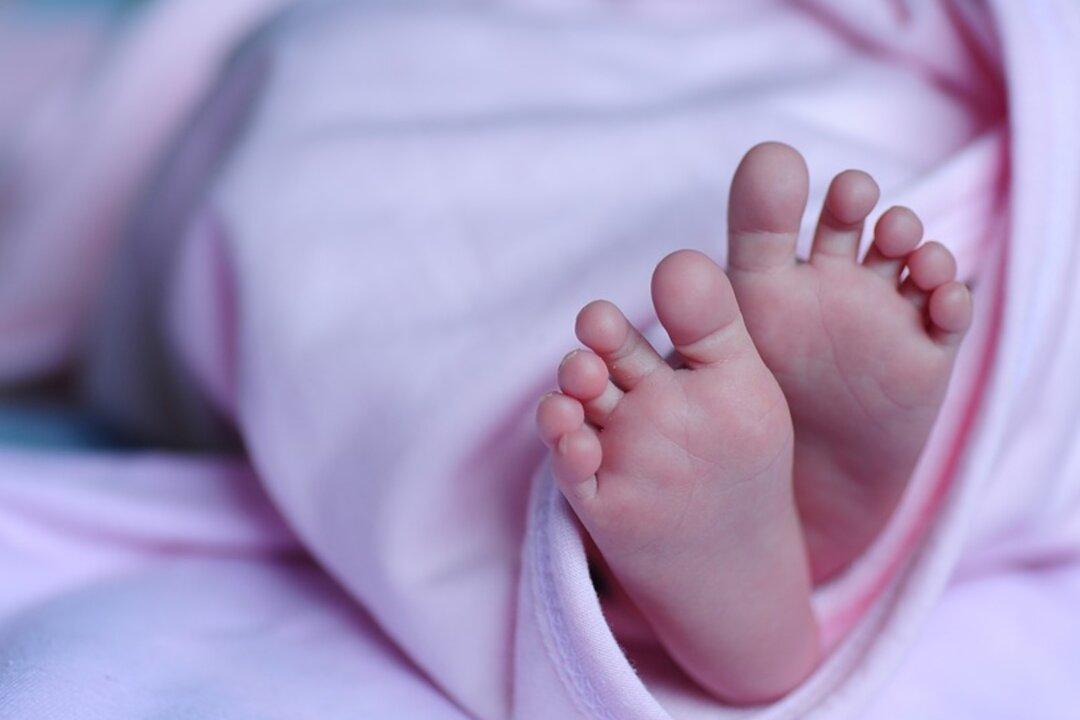Sarah Thistlethwaite, an Ohio mother, gave birth to twins with a rare condition.
The twins, named Jenna and Jillian, shared an amniotic sac and placenta--a condition that’s known as monoamnioitic, or “mono mono.”


Sarah Thistlethwaite, an Ohio mother, gave birth to twins with a rare condition.
The twins, named Jenna and Jillian, shared an amniotic sac and placenta--a condition that’s known as monoamnioitic, or “mono mono.”